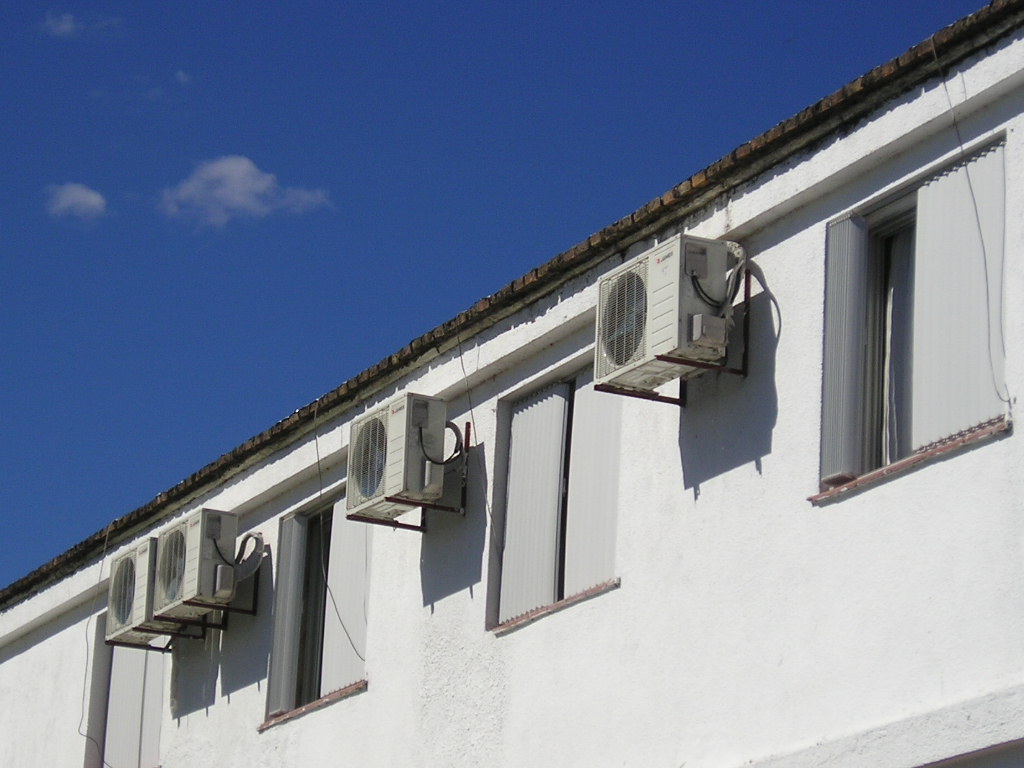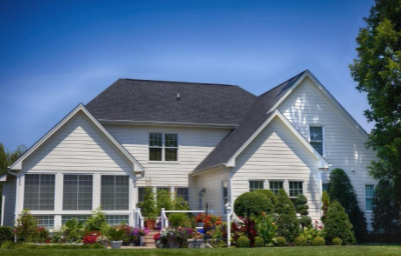Some of the highest energy costs of the year come with the sweltering summer months, along with bugs, thunderstorms, and even tornadoes or hurricanes in some areas. Fortunately, you can protect your family from these hazards and expenses. Here are some good ways to make your home more comfortable as you confront the summer heat.
Give Your Air Conditioner a Checkup
Make sure your air conditioner is working well before summer starts. A malfunctioning AC could waste energy, increase your utility bills, and make your family uncomfortable. A bad air conditioner can even increase the humidity in your home and encourage mold growth. Before you start using it often, have your air conditioner checked by a professional. You should also have your ductwork inspected for leaks or other problems.
Change your air filter once per month and keep grass clippings, twigs, leaves, and other types of debris away from your outdoor air conditioning unit. You can add an awning or a fence to protect it. Just make sure there’s enough space around your unit for adequate airflow. You can remove any debris with a garden hose, but you shouldn’t use a power washer on your unit.
Install a Programmable Thermostat
With a programmable thermostat, you can turn down your heater or air conditioner automatically when you’re away or asleep, and then bring it back to a more comfortable temperature after you come home or wake up. Many models have convenient touchscreens, and some can control multiple areas or zones. That way, you won’t have to heat or cool unoccupied rooms. You can also find smart thermostats with motion sensors, learning capabilities, and HVAC performance monitoring. These devices are more expensive than conventional thermostats, but the extra energy savings and convenience make them worth the investment.
Add Window Treatments
Add attractive window treatments and blinds to keep the sun out of your home; close them during the hottest part of the day. Since summer is very sunny in most parts of the United States, you’ll still get plenty of natural light. You just won’t have to deal with lots of heat or fading carpets and furniture. To save even more on utilities and make your yard more appealing, plant trees and shrubs for shade. While you’re waiting for trees to grow, you can build an awning.
Change the Direction of Your Ceiling Fans

Image via Flickr by dr.coop
In winter, ceiling fans should rotate clockwise, blowing air towards the walls and ceiling to help distribute heat that’s risen. In summer, you should run your fan counterclockwise to create a breeze when you stand underneath it. To change your ceiling fan’s direction, turn off the fan, climb a ladder or stepladder, and flip the small switch near the base of the fan.
You should also do some spring cleaning to prevent allergies and check your insulation for leaks and gaps. If your air conditioner is more than 10 years old, upgrading to a more efficient model may be worth it. Getting ready for summer takes a little effort, but it’s a great way to keep your home comfortable and save money.







